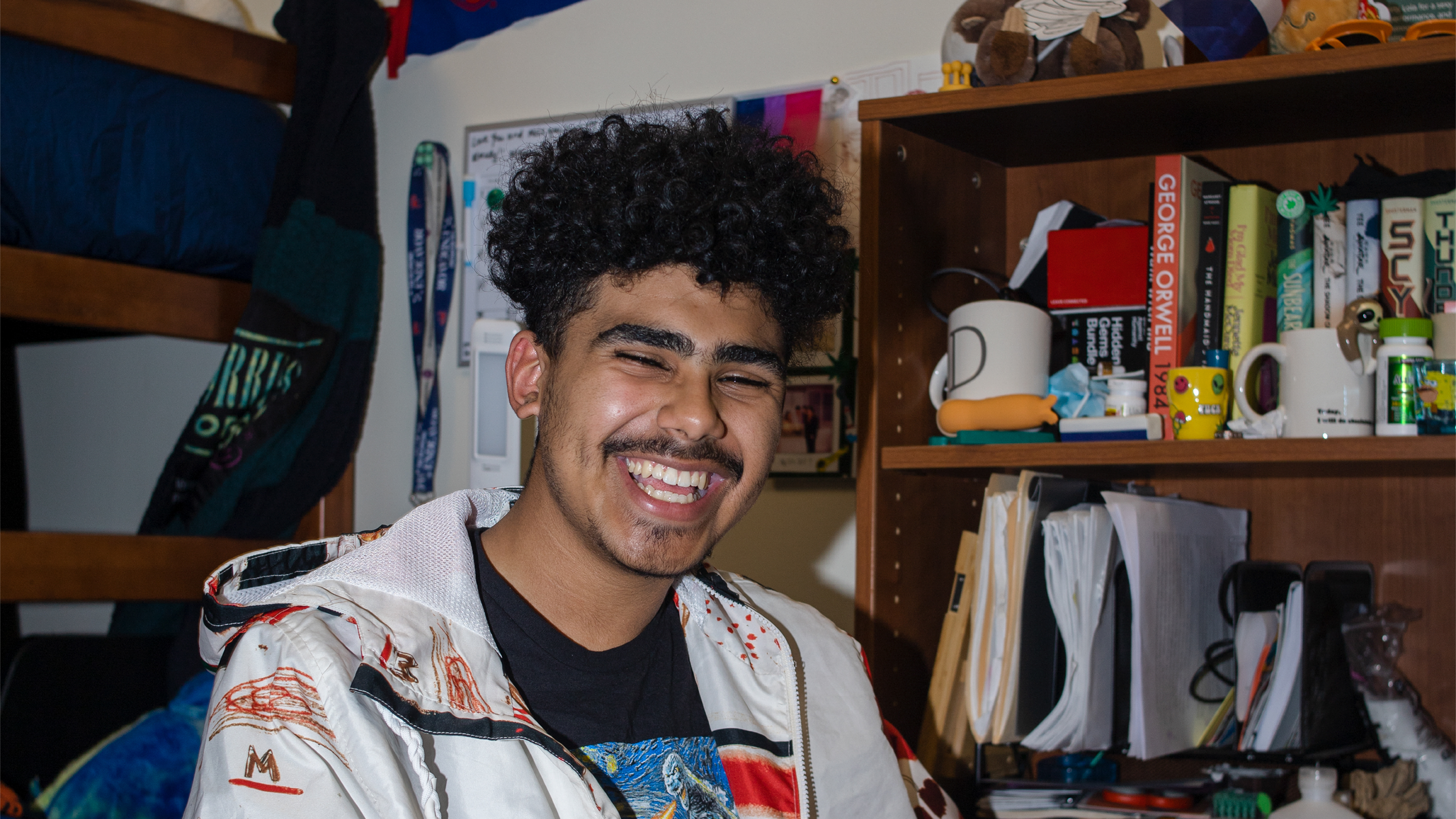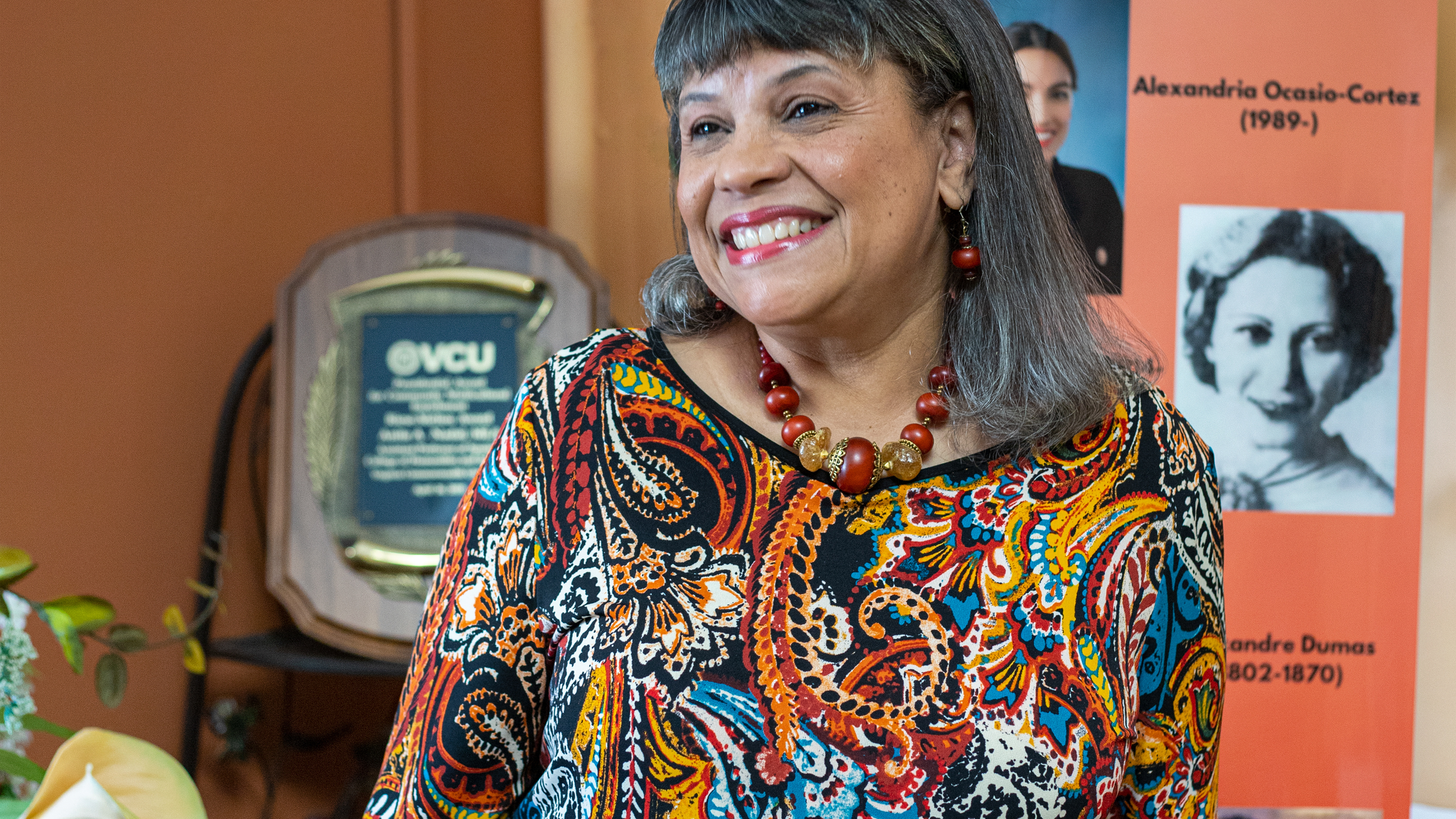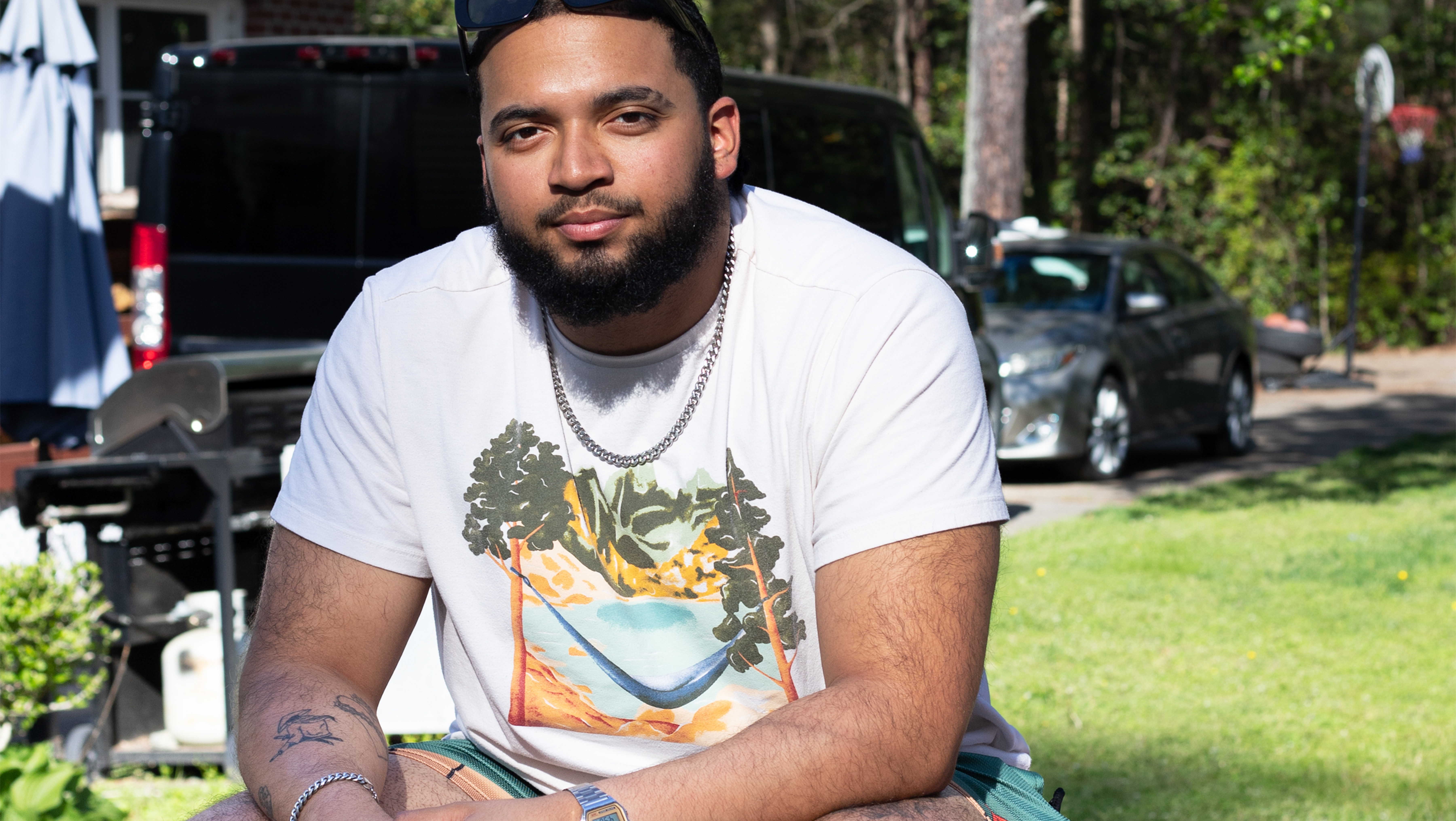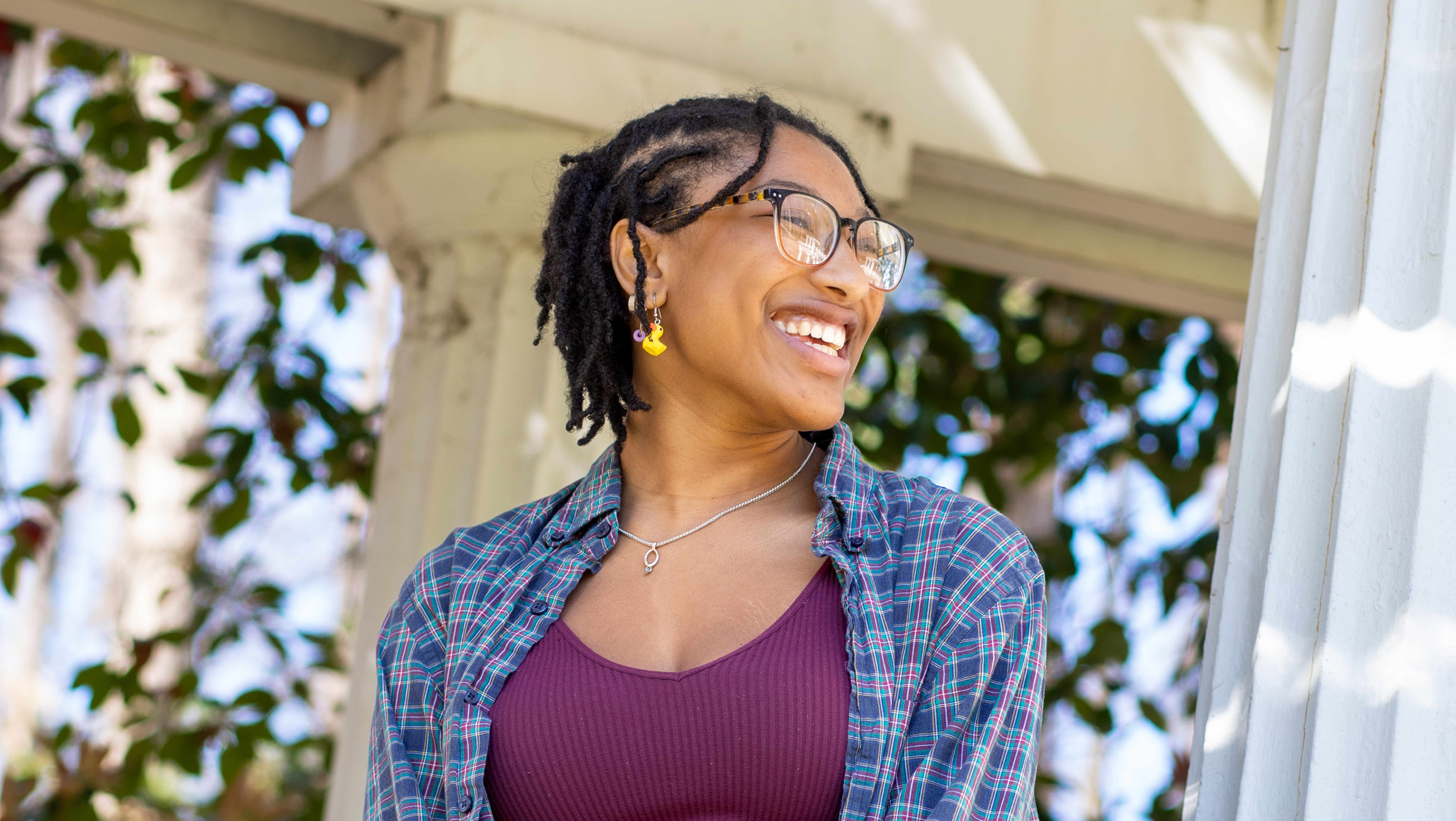On April 22nd, I had the pleasure of installing my final exhibition at the Cousins Theater in the Modlin Center for the Arts, marking the end of my academic journey as a University of Richmond student. This exhibition was not only a part of my Joy of Giving Something Fellowship with Imagining America, but also an extension of my anthropology senior honors thesis entitled "…I thought you were black": An Autoethnographic Exploration of the Fragmentation of Identity and Culture.
At the heart of the exhibition are the stories of eleven Afro-Latinos living in Richmond, VA and their unique journeys of self-discovery and understanding of their ethno-racial identity in the United States. Each individual's story is a poignant and personal exploration of the complex intersection of culture, ethnicity, and race. Through this exhibition, I aimed to offer a platform for these voices to be heard and to contribute to a broader conversation about the complexities of identity in our society, especially within the Latinx community. Below is a breakdown of the different components featured in the installation:
The exhibition begins in the middle with a knot. An intertwined ball of cloth, each color representing one of the eleven individuals featured [these are their chosen favorite colors]. Under the knot you find the beginning text for each persons story ...
You then begin to follow the cloth path and along the path you find knots. These knots represent the different obstacles we may come across as we continue to learn more about who we are -- those knots we learn to untangle.
The end of the rope cloth features a current day image, accompanied by text that describes the individual's current standing in their identity journey. As you progress through each person's story, you gain insight into the unique paths they have taken and where they currently stand in relation to their identity.
Throughout the exhibit, you will see that each person's journey is different - some individuals have fully embraced their identity, while others still grapple with questions surrounding who they are and how they understand themselves to be. By examining the diverse stories presented, the viewer is given a glimpse into the complexity of identity formation and the challenges that can arise along the way.









